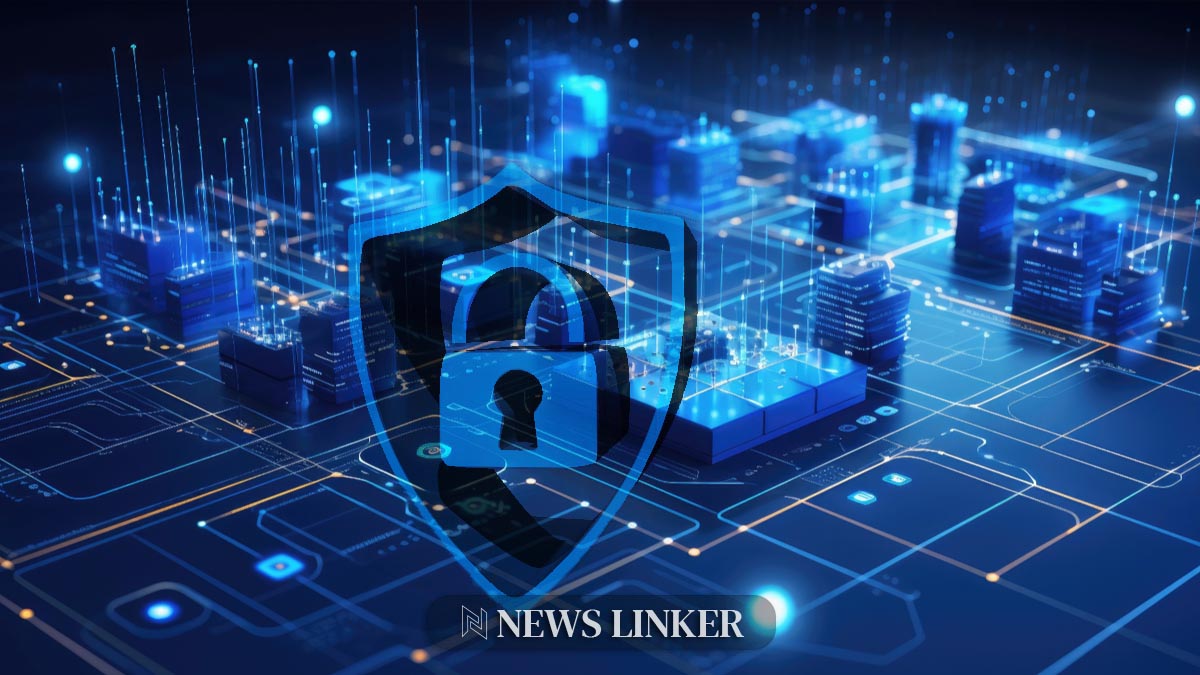Recent reports from a coordinated advisory by U.S. federal agencies have shone a spotlight on a cyber threat called Volt Typhoon, attributed to the Chinese government. This espionage group has been methodically infiltrating the networks of key American infrastructure sectors, signaling potential disruption risks in the event of geopolitical escalations. The advisory circulated by the Cybersecurity and Infrastructure Security Agency (CISA) in collaboration with the National Security Agency (NSA), the Federal Bureau of Investigation (FBI), and international allies highlights the critical threat posed by this actor and underscores the urgency for enhanced cyber defense measures.
Over the years, the cyber threat landscape has evolved, with state-sponsored groups becoming more sophisticated in their methods of infiltration and attack. Previously, incidents have revealed patterns of adversaries laying groundwork within vital systems, often going undetected until their capabilities are activated in conjunction with broader conflicts or strategic objectives. The activities of such groups, including the recent spotlight on Volt Typhoon, are a reminder of the ongoing cyber warfare and the necessity of robust cybersecurity strategies to protect national interests.
Heightened National Security Risk
The advisory disseminated on February 7, 2024, meticulously outlines Volt Typhoon’s operational tactics, which have resulted in successful compromises targeting the Communications, Energy, Transportation Systems, and Water and Wastewater Systems Sectors. These revelations have prompted federal agencies to call upon owners and operators within these sectors to intensify their cybersecurity protocols and consider the implications for national security. The advisory serves as a critical warning for immediate action to mitigate the threat from this highly capable adversary.
Strengthening Cybersecurity Leadership
CISA and partner agencies are pressing leaders in the critical infrastructure spheres to recognize cybersecurity as an intrinsic business risk, integral to maintaining operational integrity and national stability. The guidance document accompanying the advisory encourages leaders to champion cybersecurity initiatives, strengthen supply chain security, and cultivate a culture of cyber awareness. It emphasizes the strategic importance of such measures in safeguarding against sophisticated threats that could undermine both the security and operations of organizations.
In the realm of cybersecurity, information sharing and prompt updates about emerging threats are vital. Sources such as Security Week and The Hacker News provide insights into related cyber activities. For instance, Security Week’s article “Industrial Firms Warned About Rise in Attacks Targeting OT Systems” discusses the increase in cyber-attacks on operational technology systems, while The Hacker News’ “Critical Infrastructure at Rising Risk of Cyberattacks, Warn Experts” delves into the growing risk to essential services. These articles echo the sentiments of the CISA advisory, highlighting the shared concerns regarding the protection of critical infrastructure from cyber threats.
Enabling Proactive Cybersecurity Teams
The advisory also suggests that leadership empowers cybersecurity teams by employing intelligence-informed tools such as the Cybersecurity Performance Goals (CPGs) or Security Risk Management Assessment (SRMA) guidance. Implementing detection and hardening best practices, investing in continuous cybersecurity training, and developing robust information security plans are paramount. Moreover, leaders are encouraged to ensure that vendor risk management is stringent, urging vendors to provide secure and resilient systems to reinforce overall security posture.
Preparedness for Incident Response
Organizations must be equipped with effective cyber incident response plans and be ready to act promptly by reporting any incidents or unusual activities to the relevant authorities. The advisory stresses the importance of regularly revising and updating response plans and provides contact details for organizations in the U.S., Australia, Canada, New Zealand, and the United Kingdom, reinforcing the global nature of the cybersecurity challenge.
As I reflect on the gravity of the situation presented by Volt Typhoon’s targeting of U.S. critical infrastructure, it’s evident that not only is the threat real and immediate, but it also requires a concerted and unified approach to cybersecurity. Organizations must prioritize their cyber defenses, and leaders need to fully comprehend the strategic implications of cyber threats. It’s imperative that we adopt a culture of continuous vigilance and preparation, where cybersecurity is not just a technical issue but a cornerstone of operational resilience and national security.










